Various pests cause serious damage to plants. Thrips appear on indoor plants suddenly and force flower growers to immediately search for detailed information about pests, study their appearance from the photo and wonder how to deal with them, because in the absence of adequate measures, the flower will die quickly enough.
Thrips (they are also bubbly-footed) is a large detachment of insects, most of which cause significant damage to crops, as well as to various indoor plants. More than 3 hundred species of these pests are common in our country.
Content
The defeat of plants by different types of thrips
The body of the pest is elongated, up to 2 mm, the color varies (usually nondescript - light yellow, dark brown or black). Adults have 2 pairs of narrow wings with long hairs. Depending on the type of thrips, the length of the wings is different, in some they are absent. On the head there are antennae, consisting of segments (on average - 9 segments). The oral apparatus is a piercing-sucking type. The size of light yellow larvae is not more than 1 mm.
Mature individuals move very quickly thanks to 3 pairs of legs located in the thoracic region. On each foot there is 1 tooth and 1 suction vesicular device.
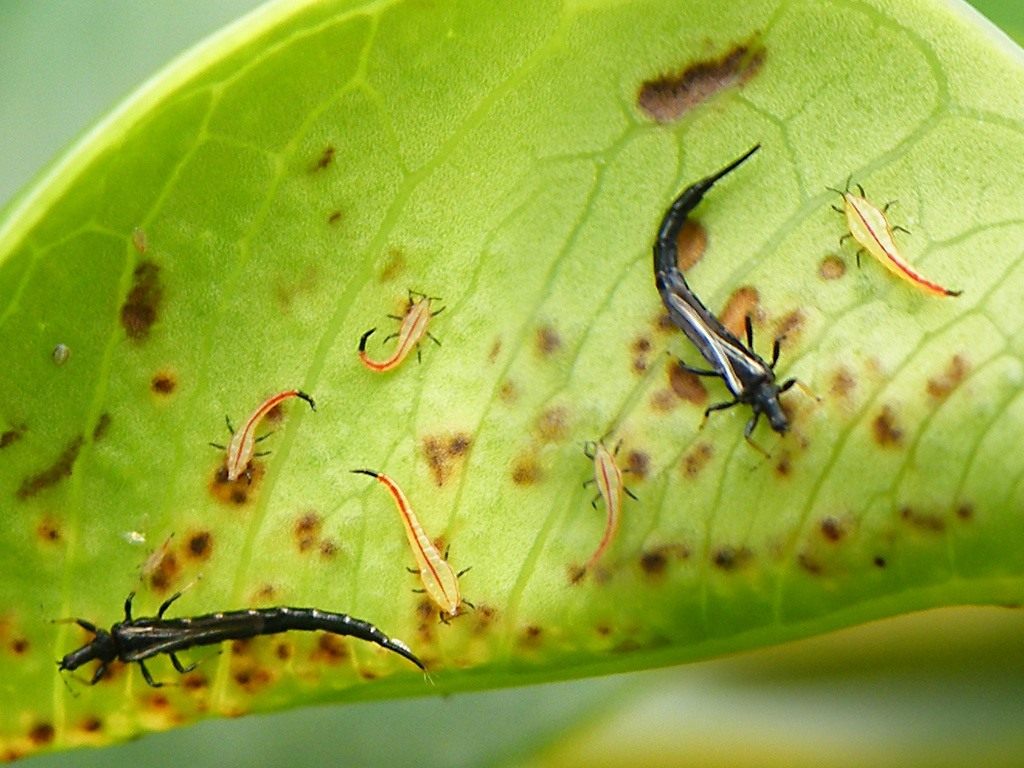
They breed actively, able to double the size of their population in 4-6 days. Egg laying places include flowers and leaf tissue. Offspring hatch after 10 days. The larva develops to an adult insect in 1-2 months. Due to such a short development cycle, some species can produce several broods during the year.
These pests have habits typical of public insects. Like ants and termites, they jointly guard their laid eggs. In addition to sucking out juice, thrips carry all kinds of viruses that are dangerous to plants.
Belonging to a particular species is rather difficult to recognize, since parasites are small and species variability is very common among them.
Common types of thrips that harm ornamental plants:
| Title | Body length | Color | What is striking |
|---|---|---|---|
| Western floral or Californian floral | 0.9-1.2 mm | From pale yellow to dark brown. The bristles on the body are dark, the wings are light yellow | Carnations, gerberas, gypsophila, pelargonium, rose, Saintpaulia, chrysanthemum, cyclamen and cineraria |
| Tobacco | 0.8-1.2 mm | Females are light yellow, sometimes dark, their tendrils and legs are grayish, their wings are yellowish and occasionally light gray-yellow. The color of the males is slightly lighter | Solanaceae, umbellate, buttercup, rosaceae and lilac |
| Decorative | 1.1-1.7 mm | The female is yellow, then turns brown and blackens. The wings are darkish, with bright spots at the base and at the tips of the wings. The males are lighter | Especially great damage is caused to the crassulas (money tree), orchids and palm trees. This pest can destroy monsters and dieffenbachies. |
| Bulbous | 1-2 mm | Dark brown | Regular onions, as well as onion flakes of different types of lily plants |
| Rosanny | Up to 1 mm | Brown | Flowers of Rosaceae and some other plants |
| Palm | 0.8–1.4 mm | Bright yellow, almost transparent, with blackish bristles. Head and legs are light yellow | Solanaceae, various types of orchids |
| Dracenic | About 1 mm | Yellow brown | Dracaena, hibiscus and ficus |
| Multivalent | About 1 mm | Dark brown | Flowers and ovaries of ornamental plants |
How to recognize a parasite lesion
The thrips themselves are not always immediately detectable. They are quite secretive and prefer to host on individual plants, gradually moving to others.
Discoloration of some leaves should cause suspicion in the grower. Also, in flowering plants, pollen intensely spills out from the stamens onto the petals of pollen (the same phenomenon can be observed during heat and as a result of an attack of a spider mite).
If during the inspection many small punctures are recorded (like from a needle on a fabric), it means that they were made by thrips, therefore, they drank juice from the plant.
On the bottom of the leaf plates you can see brownish or brown spots. These are damaged areas. When oxygen enters plant cells, they often acquire a silver color. Also on the sheet you can see a sticky trace and brown-black dots (thrips feces), which contribute to the development of a disease such as soot fungus.
A late sign of a thrips attack (if rescue measures have not been taken) is falling leaves and flowers, as well as a bent trunk.
Home and chemical control methods
First of all, it is necessary to isolate the flower infected with thrips, replace the surface layer of the soil and treat the place where the flower pot used to be with a soap-alcohol solution.
Chemicals
Although manufacturers offer many effective chemicals, not all of them will help get rid of the pest. There are several reasons:
- thrips is hidden in hard-to-reach places for penetration of sprayed substances;
- females lay eggs inside plant tissues;
- pupae often find themselves in the soil;
- eggs and nymphs have a protective cover that protects against the effects of contact insecticides (they are best used on decorative and deciduous plants and various flowering species, but before the budding phase).
Can be used:
- Akarin and Fitoverm (VI class of toxicity - low hazard for humans and animals);
- Aktara, Inta-Vir, Confidor Extra, Tanrek, Spintor, Agravertin, Karate, Bankol and Karbofos (class III - moderately hazardous);
- Actellik and Vertimek (class II - highly hazardous).
The last two remedies are especially toxic, and Karbofos smells very harsh and unpleasant. Therefore, processing should only be outdoors. It is recommended that you first use a more environmentally friendly biological product Fitoverm, and then the growth stimulator Epin.
Before treatment with a particular insecticide, you need to wash the plant under a warm shower. Preparations must be used in personal protective equipment, carefully reading the instructions and recommendations of the manufacturers.
| Number of treatments | Daily average air temperature | Interval between treatments |
|---|---|---|
| 3-4 (for very toxic, for example, Actellica, 2-3 is enough) | 25-28 ° C | 5-6 days |
| 21-24 ° C | 7-8 days | |
| 15-20 ° C | 10-12 days |
Spraying with drugs at a temperature below 18 ° C is ineffective. The optimum temperature regime is 20-26 ° C. It is advisable to carry out the operation before noon and prevent direct sunlight from getting wet from the “chemicals” leaves, otherwise the plant will get burns, and the components of the pesticides will be destroyed by ultraviolet radiation. Be sure to ventilate the room.
Improvised means
In the initial stage of infection of a plant with a pest, you can try to get rid of it with the help of folk remedies. For example:
- Dilute 15-17 g of liquid soap in 1 l of warm water, spray the plants with the resulting soap solution and cover them for 2-3 hours with a bag of polyethylene, then wash;
- 1 tspchopped onion or garlic to insist in 1 liter of water, you can apply after 1 day;
- fill 1 l jar with dry flowers of marigolds and pour 0.5 l of water into it, leave for 2 days, then strain and use;
- chop 40-50 g of dry tomato leaves, pour them with water and leave for 2-3 hours, then strain and dilute 1 liter of water;
- pour 50 g of leaves or roots of dandelion 1 liter of warm water and insist for 3-4 hours, then strain and process the flowers;
- pour 100 g of chamomile and leave for 1/2 day, then add 5 g of green soap, spray the plants, and after 1 day rinse with warm water;
- 0.5 cups of crushed tobacco pour 1 liter of water and insist 1 day, strain, add another 1 liter of water and apply;
- 50 g of freshly harvested celandine in the flowering phase, or else 100 g of dry celandine, stand in 1 liter of water for 1 day, strain, and then spray;
- fill a compact container with chopped garlic or turpentine, place in a flower pot and cover everything for 3 hours with a plastic bag;
- dilute 1 tsp mustard in 1 liter of water, use liquid to water the soil (against pupated larvae).
All this can be applied in the morning and evening.
Prevention
Each acquired plant must be subjected to a thorough inspection, and when it is at home - sent to isolation, for 2-3-week quarantine. You can carry out preventive treatment with an insecticide. Inspection (preferably with a magnifier) should be regular; special attention should be paid to the bottom of the sheet plates.
Blue and yellow sticky traps hung around the perimeter will help to quickly detect the pest.
The source of thrips are gift and bought bouquets of flowers. They are recommended to be placed away from indoor plants.
Affected buds, flowers and inflorescences should be removed without regret. If there were pests on the plant, it is necessary to replace the top layer of the soil mixture, and also thoroughly clean the location of the pot.
Common questions
Florists try to get rid of pests on indoor plants as soon as possible. This is absolutely right, because thrips are rapidly oppressing green pets, sucking juices. But in order for this to work out and not happen again, you need to use effective tools and methods, taking into account the above recommendations.

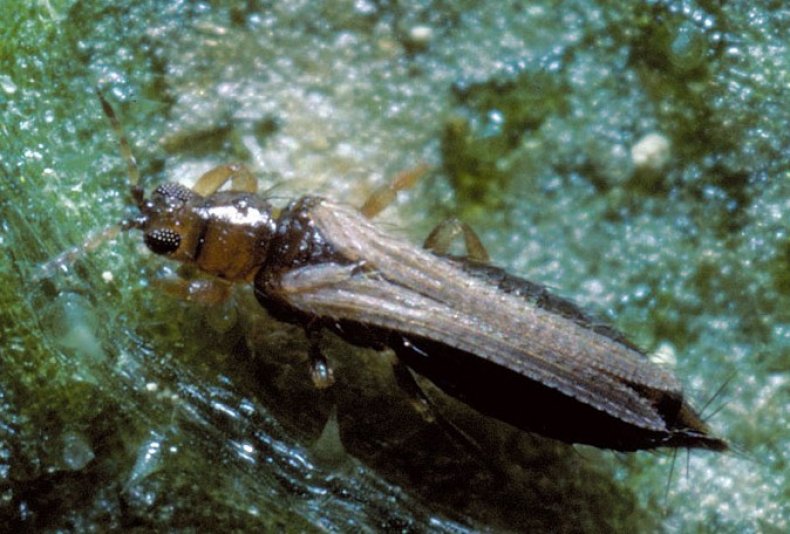
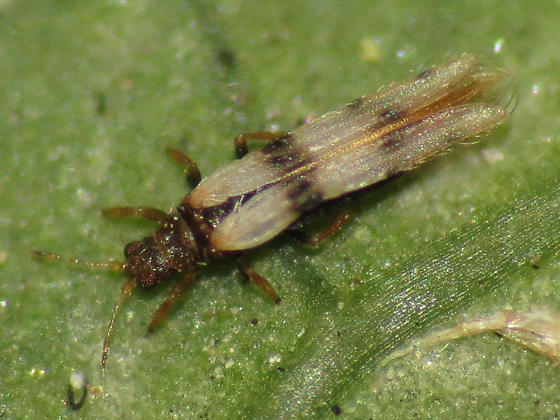
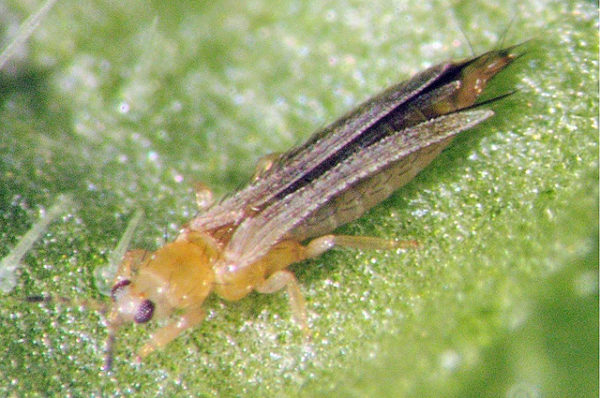
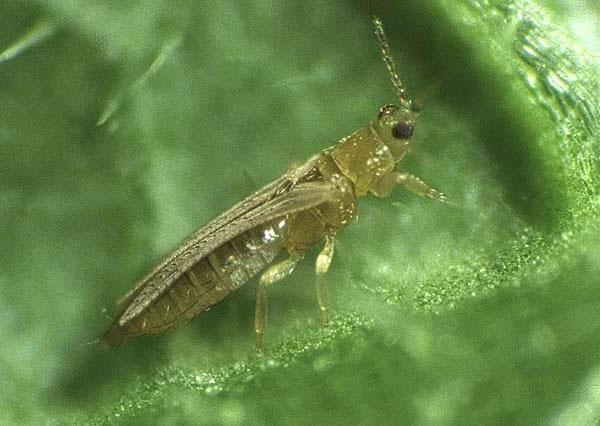
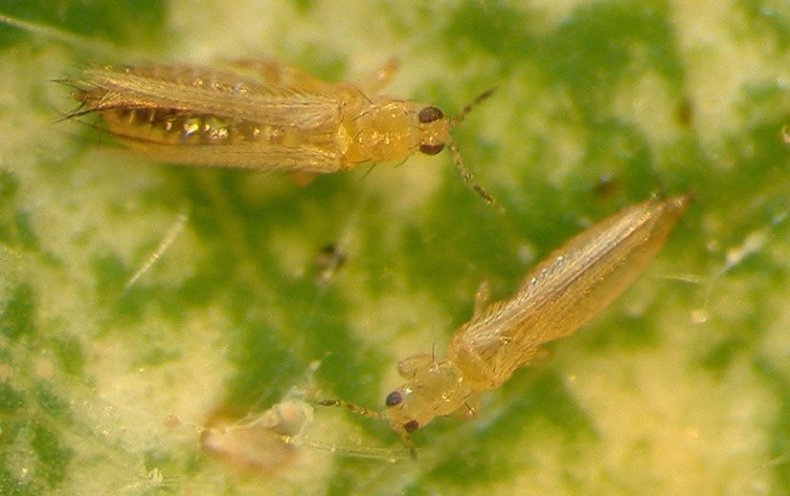
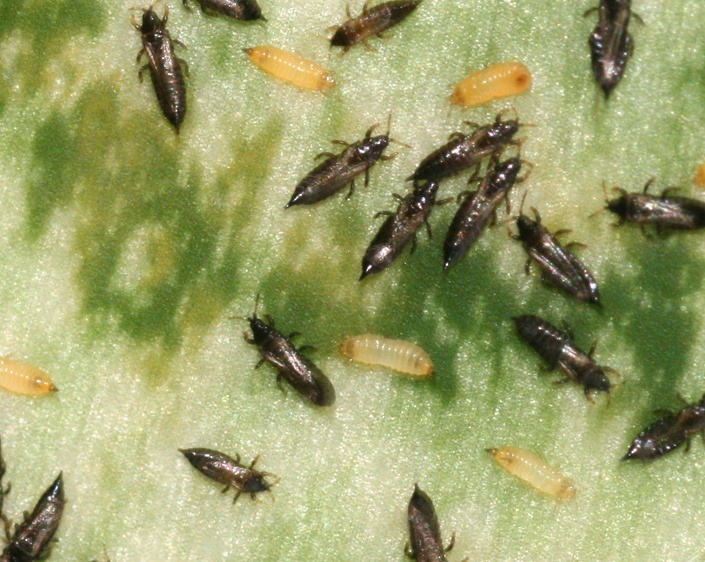
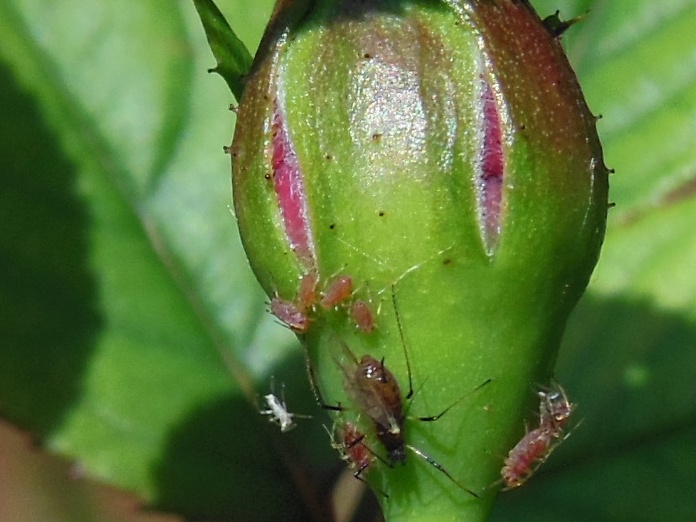
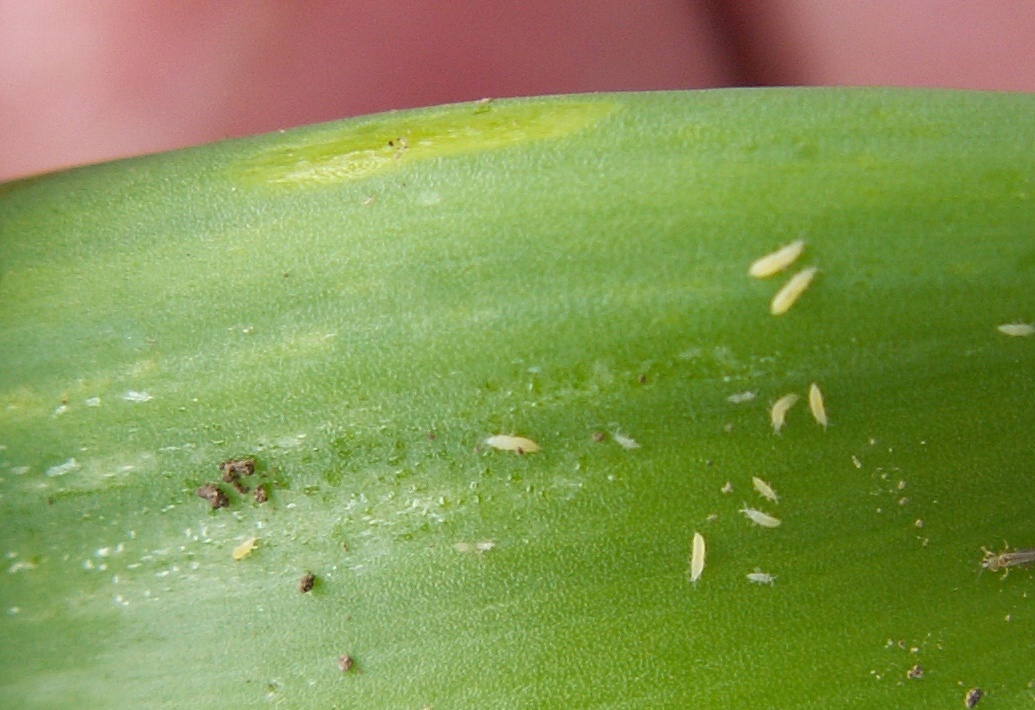
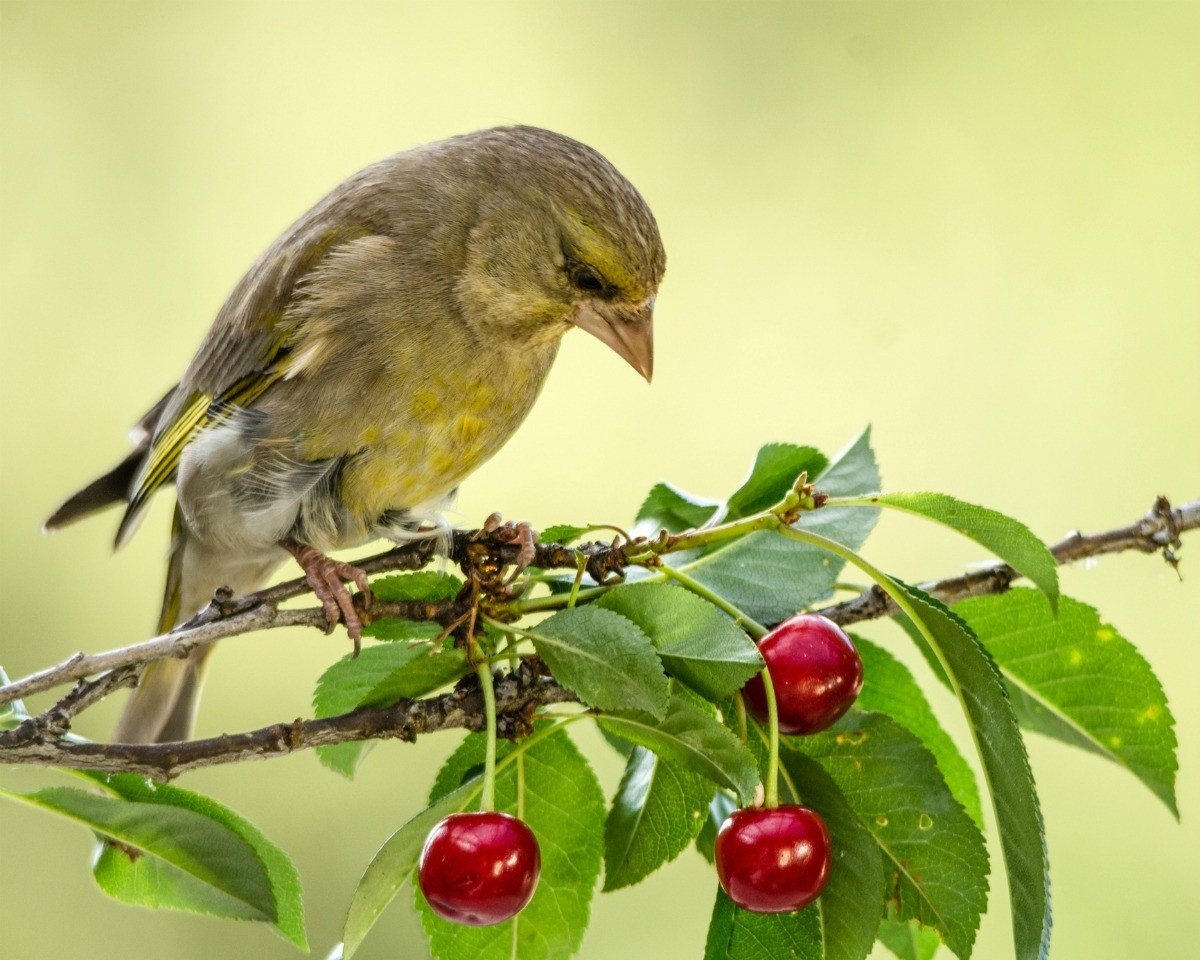
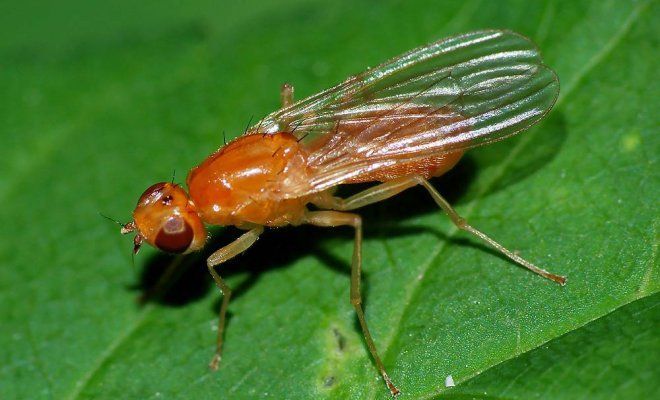
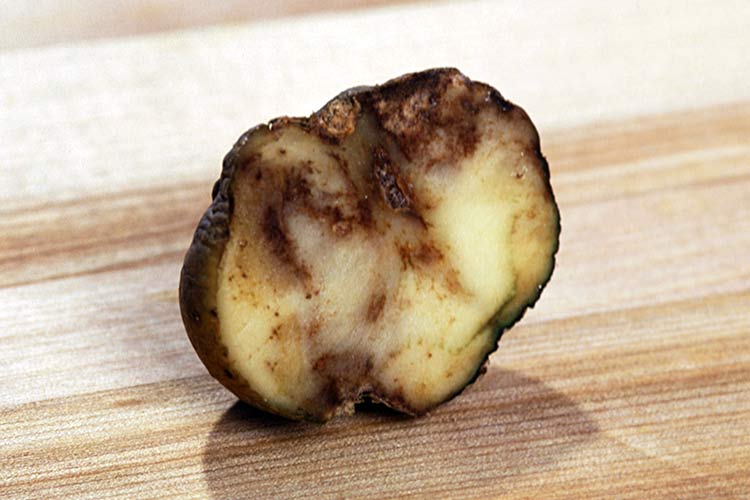
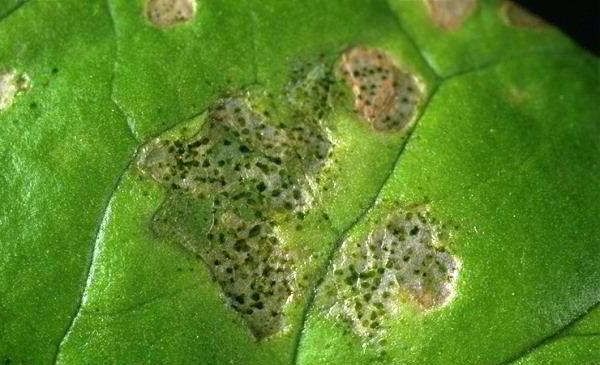
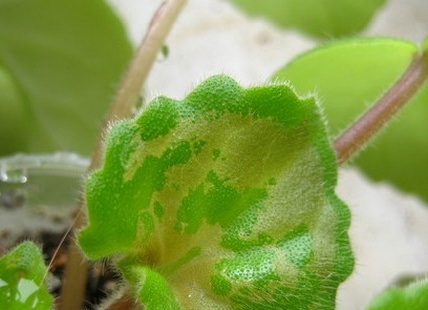
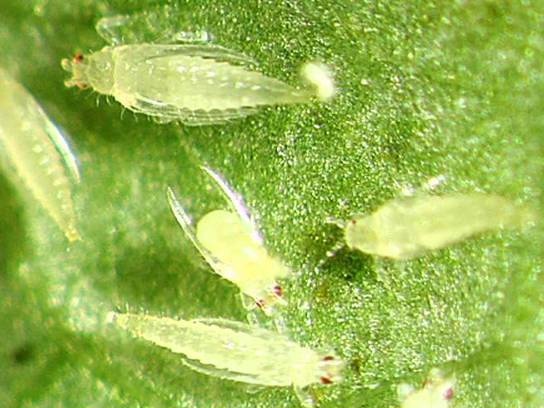

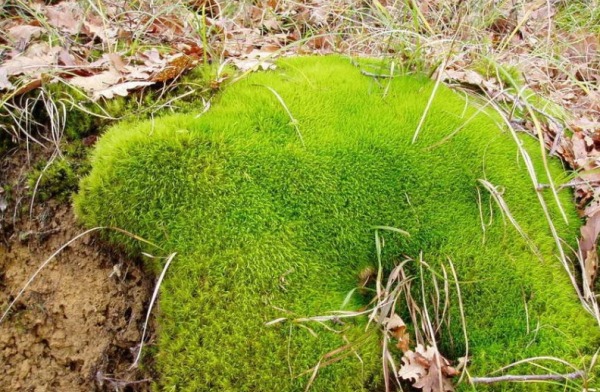 Where does moss come from in the garden and is it necessary to get rid of it?
Where does moss come from in the garden and is it necessary to get rid of it?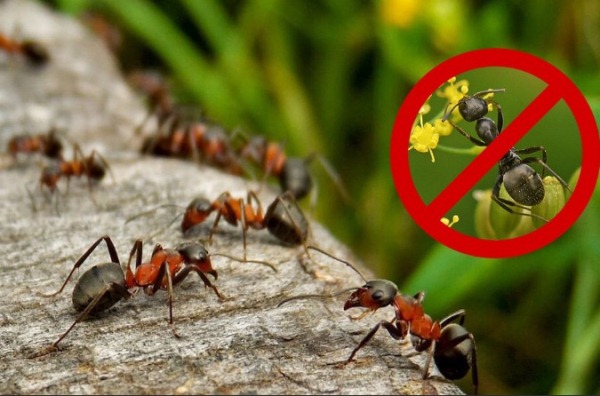 The most effective ways to deal with ants in the area
The most effective ways to deal with ants in the area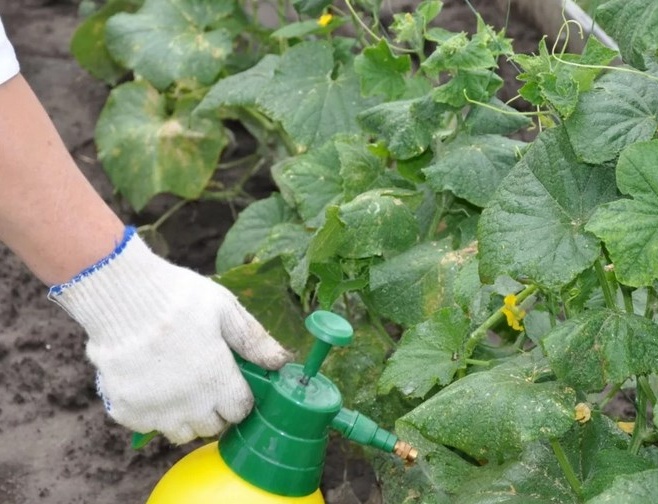 Cockchafer and Bear: An Easy Way to Save Plant Roots
Cockchafer and Bear: An Easy Way to Save Plant Roots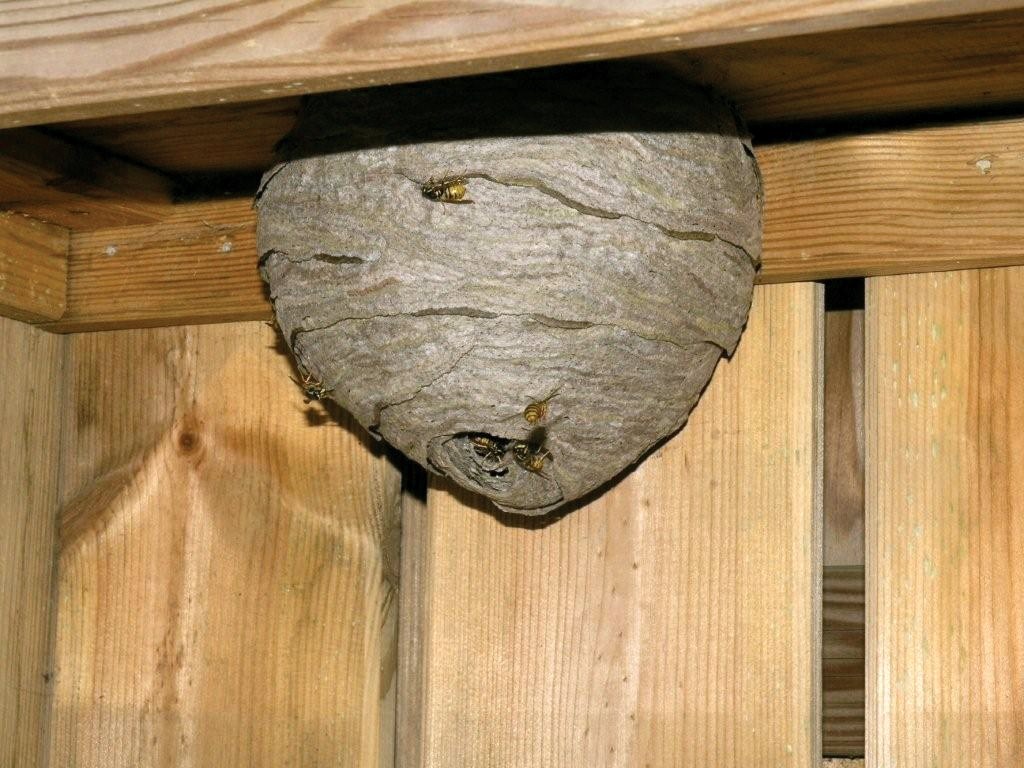 Get rid of the aspen nest quickly and safely.
Get rid of the aspen nest quickly and safely.